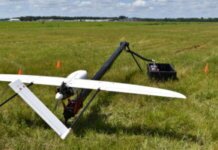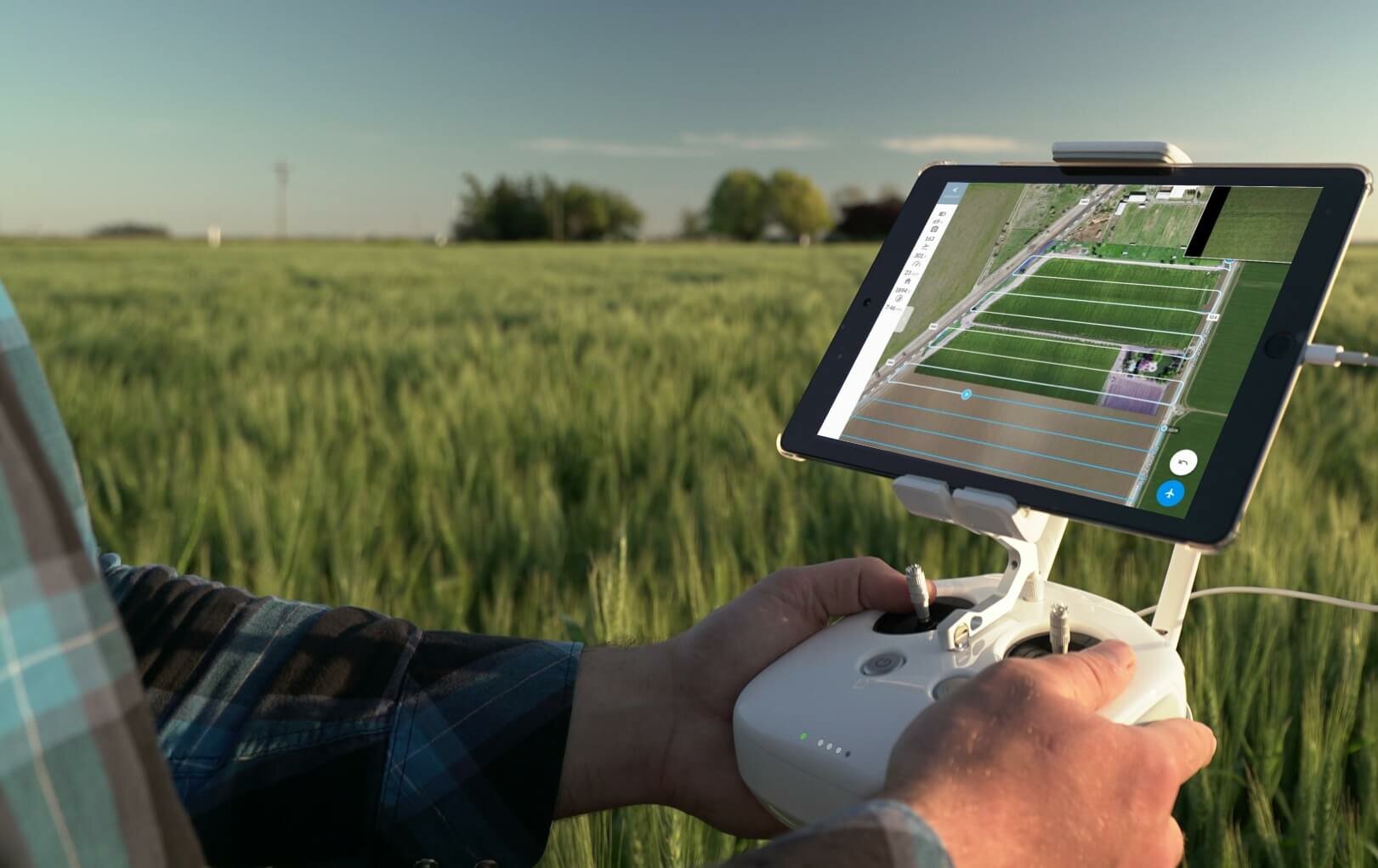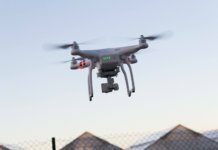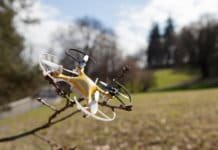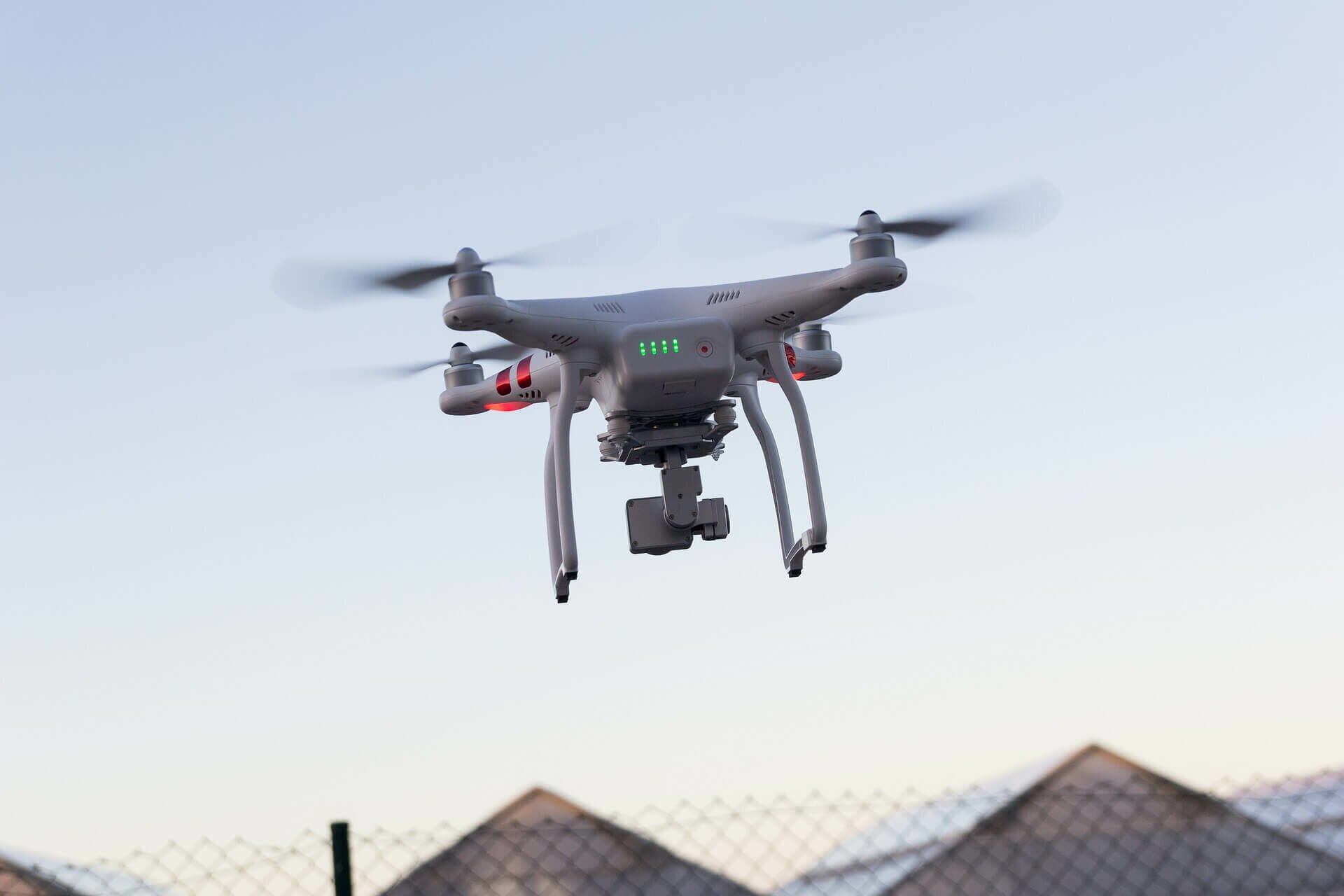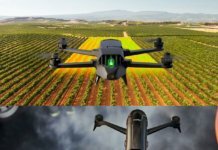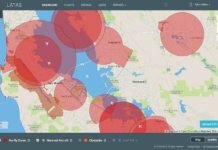The Federal Aviation Administration’s newly launched Low Altitude Authorization and Notification Capability, commonly known as LAANC, is designed to give commercial drone operators easier access to controlled airspace, such as airports. Here’s what’s been happening so far with the program, now in full swing in its prototype version in select parts of the country.
Back in March, Earl Lawrence – director of the FAA’s Unmanned Aircraft Systems (UAS) Integration Office – speaking before the Senate Committee on Commerce, Science and Transportation, called LAANC the “first step toward implementing UTM,” a UAS traffic management system. One of the first elements of LAANC was the release of UAS facility maps, showing areas and altitudes around airports in which drone operators can safely fly.
Launched by the FAA in April, the maps were designed to work in tandem with “industry applications” to “provide automatic notification to the FAA and operational authorization to UAS operators through data exchange,” Lawrence said.
A 12-member FAA/industry working group – created following an FAA request for information – then helped develop LAANC and bring it to fruition, leading to what the FAA now calls “an industry-developed application with the goal of providing drone operators near-real-time processing of airspace notifications and automatic approval of requests that are below approved altitudes in controlled airspace.”
The FAA’s prototype evaluation will eventually include 10 air traffic facilities and 50 airports (with a nationwide beta rollout planned for next year). Currently, however, airports with the green light for LAANC are Cincinnati/Northern Kentucky International Airport in Covington, Ky.; Lincoln Airport in Lincoln, Neb.; Reno-Tahoe International Airport in Reno, Nev.; and Norman Y. Mineta-San Jose International Airport in San Jose, Calif.
As Lawrence explained, the “industry applications” currently able to offer LAANC in the approved areas are Skyward and AirMap, drone operations management providers that were both part of the LAANC working group. The FAA says these two companies have both “completed the technical steps” to become LAANC providers, but more partners are expected to be approved.
As Skyward puts it, “LAANC will enable businesses to access airspace that previously required the submission of a manual request for authorization, and it will automate the approval process, reducing the wait time from months to seconds.”
Matt Fanelli, Skyward’s director of strategy, explains in an FAQ, “The old system, still in use, requires a manual waiver process, and it typically takes a minimum of 60 days for operators to get approved waivers from the FAA.”
Now, however, they can “request access through Skyward after planning their flight and get approval in just two clicks.”
Jonathan Evans, co-president of Skyward, praises LAANC for facilitating “the first time that access to airspace is as easy as clicking a button.”
“Digital, automated, free access to controlled airspace, in the form of LAANC, is one of the single greatest moments we’ve experienced in the U.S. commercial drone industry so far,” Evans writes in a blog.
As explained by AirMap in a press release, under automated authorization, Part 107 UAS operators can browse LAANC-enabled airspace through the company’s app and then apply for authorization.
“AirMap submits the request to the FAA for approval and, in seconds, notifies the operator via text and in the app’s flight briefing that the request has been approved,” the company says.
For manual authorization, in which a drone flight needs manual approval from air traffic control, operators “can request hassle-free authorization with just a tap and receive confirmation in 30 days or less.” They can also use the app to “view conditions that would be eligible for automated authorization and adjust their flight plans accordingly.”
In response to Skyward’s announcement on becoming an FAA-approved LAANC vendor, Joshua Ziering, co-founder of Kittyhawk, which also provides UAS fleet management software, said although the FAA’s LAANC working group was “a sensible way to allow private industry to remove some of the burden drones have put on a public entity,” the agency’s allowing only the 12 companies of the group to offer LAANC services “sounds an awful lot like the FAA picking winners and king-making.”
He argued that “giving certain companies months of exclusive access to a precious resource is, at best, anti-competitive” and that it is disappointing the FAA is “creating an environment where companies have exclusive access to a facet of the national airspace.”
“While it may sound like Verizon-owned Skyward is blazing a trail of innovation by being ‘the first’ to offer LAANC authorizations, they’re simply participating in a closed-beta test with a limited number of LAANC areas,” Ziering wrote.
In response, Skyward’s Fanelli said, “Skyward was the first to be approved and the first to have our customers access controlled airspace through LAANC – I would imagine if others were in the same position, they’d be proud to say that.” He also emphasized that the FAA’s request for information was public and that the working group has “been as successful a collaboration with the industry as anyone could have hoped for.”
Already touting a LAANC success story through the prototype rollout is SunPower, a solar energy company based out of San Jose. The company, which deploys UAS to survey solar project sites before development, beta-tested LAANC through Skyward last week.
“Leading through innovation, SunPower is proud to be the first company granted the new LAANC access, enabling us to aerially evaluate a broader range of potential project sites for our customers more quickly and comprehensively,” says SunPower’s president and CEO, Tom Werner, in a company press release. “As part of the SunPower Oasis Power Plant platform, drone flights enable us to efficiently generate solar power plant system layouts to optimize site use and reduce project cost.”
As for an AirMap success story, Justin Kyser, co-founder of Digital Sky, a drone services company based in Lincoln, writes that the company found a “great platform” in AirMap, which offered a “pretty pain-free process” requiring less than five minutes of time. However, he argues that the “worst part” of LAANC is that it will be offered by a number of different vendors, meaning “each method of notification is going to be different.”
For all things LAANC, go to the FAA’s resource here, which the agency says will be updated with lists of more approved vendors and more participating airports/air traffic control facilities.


